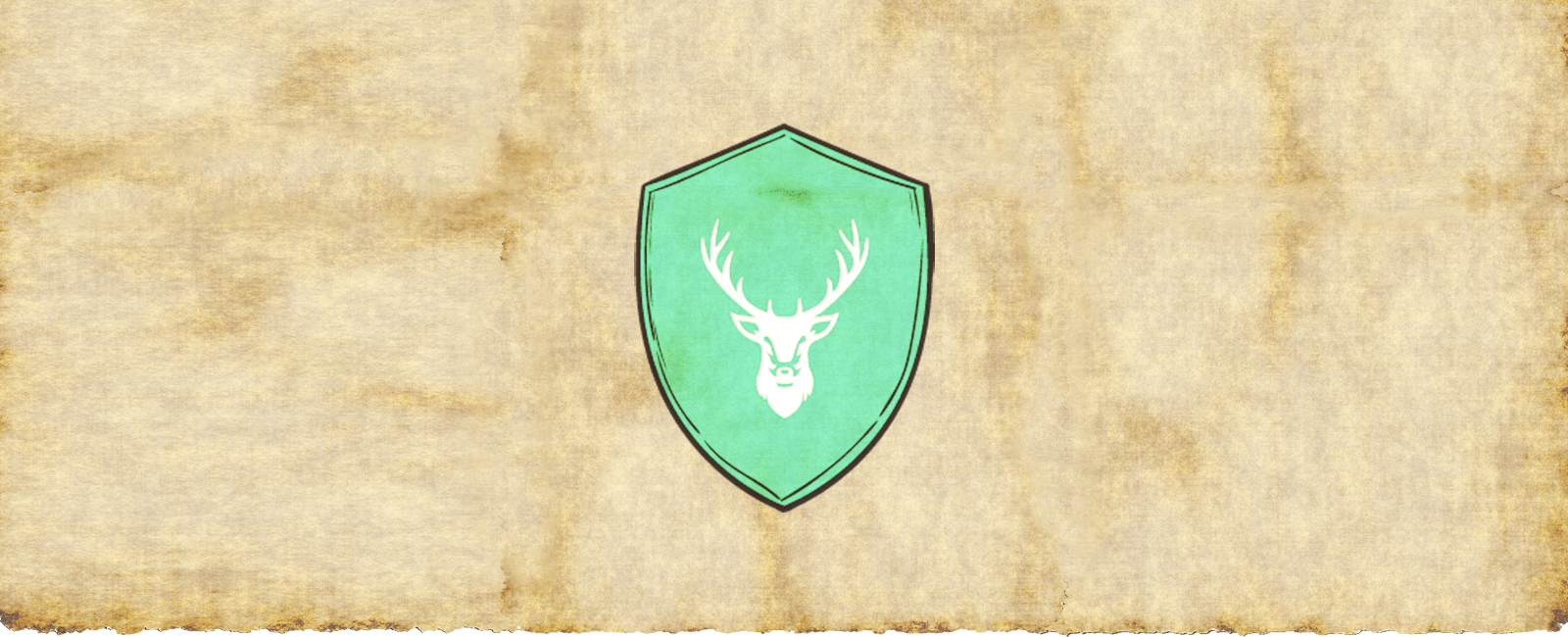Kingdom of Kavir
Let me tell you about our homland, my dear child. A story about salt and iron and clay. A story about a place where the strong rule with might and the weak simply die. A land where men are made of iron. A land besidged by orc and elves, where nothing grows and everything is brown and grey. Let me tell you about our homland, my dear child, and tell you why we shall never go back...
The Kingdom of Kavir was a collection of earldoms, the Kavirian equivilents of petty-kidgdoms and city-states. For most of its existance from the early 2nd century BC until it's final dissolvment in the Great Kadian Split it was a part of the First Empire of Ader and later of the Second Empire of Ader. Despite being a province of the empire the kingdom had unique heritage custums and even different aproach to religion.
Structure
Despite having some form of feudal systems and legislation, the Kingdom of Kavir was mostly a collection of earls brought into an alliance to combat the Fellfire Regime and the Elder Pact. Each earl was mostly free to act as they saw fit within their lands, with very little overhead from the country itself, which existed only in name for prolonged periods of its existence.
The King of Kavir was a mostly ceremonial figure, elected from among the earls by themselves to be the face of the multi-cultural nation, mostly in front of the nations of Lake Kadia. Outwards, the king would face the issues and demands of the earldoms, and was counted on to see them trough. Meanwhile, they would have very little control over earldoms that were not entirely under their control.
Culture
What may be precieved to outsiders as Kavirian is in fact more than 100 different ethnic groups seperated into 6 large cultural groups that correlate with the different earldoms of the area. Each earldom has different ceremonies and rituals, and some even follow different calendar than others. The kavirian culture as a whole was influenced greatly from orcish and elven behaviors and traditions.
History
The kingdom has no official founding date, but first documents mentioning its name could be found around the Kaviri Highlands as early as 200 before the first documented passing of the Archileus Comet, making it as old as Estrerra, if not older.
After Agustin Andor conquered Lake Kadia during the 1st century AC, the earldoms joined him in an alliance as a province in hope the god emperor would help them secure their lands from orcs and elves.
Kavir left the First Empire of Ader in 750 during the War of Bishops following the church taking over the empire. While free to practice their rituals and traditions, the independent Kavir proved to be disorganized and quickly began to fall apart, holding on together only by the greater threat of the Fellfire Regime.
The kingdom would remain as an independant nation until their defeat in the Kavirian War of 916. The disorganized military, coupled with internal betreyals and skirmishes resulted in the kingdom loosing all its southern territory from Draxig to the Arkari and being forced to into becoming a province of the Second Empire of Ader.
Disbandment
in 1207 Kavir broke free from the Empire once more, this time without a fight, as the empire was falling apart, fighting a civil war. The now independant nation would survive less than a year before its king, Castor Aylard would be murdered over cheating during his King's Melee, an event that shapes the future of the nation for decades into the future.
In the late 1207 Kavir broke into a war of sussesion and soon after the title was disolved as each earldom claims to be the rightful leader of the Kaviri Highlands.
Territories
The kingdom of Kavir controlled, in its prime, nearly the entire Kaviri Highlands and as far south as reaching the northern banks of Lake Kadia, making it one of the largest countries to ever exist on the continent. After the kavirian war of 916 the country lost most of it's southern territory, most notably the Uraki Foothills and the Osvir Planes. The rise of the well organized Fellfire Regime also caused the nation to lose much of its control over the northern territories of the Kaviri Highlands. At its fall, the nation was half the size it was during its prime.
Religion
While the official state religion allowed in the Kingdom of Kavir was the Andorian Church, in reality many denizens, especially in the northern parts of the nation still practiced their own religions and traditions. This was a source of great frustration to the church, who would regularly send missionaries and inquisitors in effort to convert the population. This conversion's effectiveness is still arguable, but all sides agree that it was the cause of many political issues between the kingdom and its parent empire.
Foreign Relations
The Kingdom of Kavir expressed little concern towards the outside world and was mostly focoused on internal politics. They would often voice their dismay to foreign intervention in their culture, especially that of the Andorian Church and the Inquisition. Despite this resistance to outside influence Kavir was a predominant part of the Aderian Royal Army, with its contribution totaling to nearly a third of the empires's combined menpower.
Current Date: 2nd of Latsum, 1572
DISBANDED/DISSOLVED

200 BC - 1207 AC
Type
Geopolitical, State
Capital
Predecessor Organizations
Successor Organizations
Leader
Leader Title
Government System
Tribalism
Power Structure
Feudal state
Economic System
Market economy
Official State Religion
Location
Controlled Territories
Neighboring Nations
Notable Members
Related Ethnicities



Comments